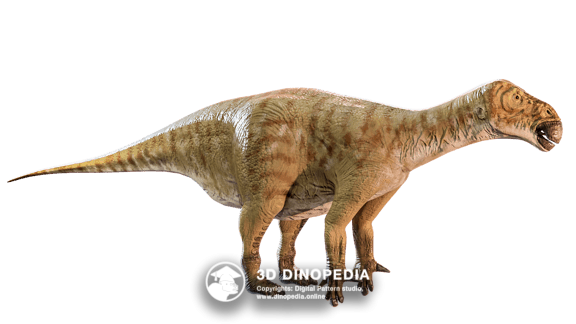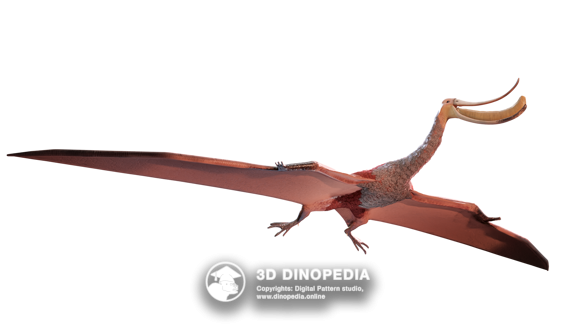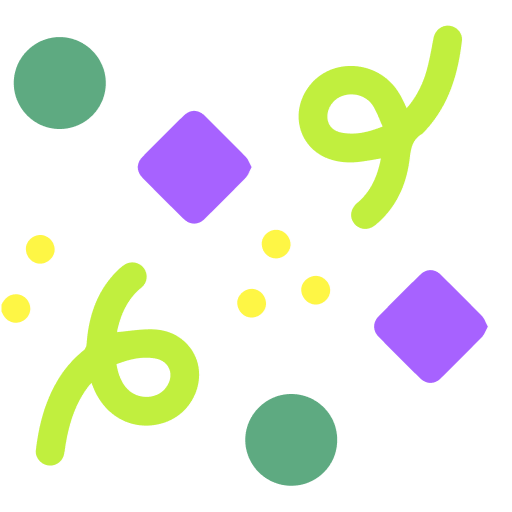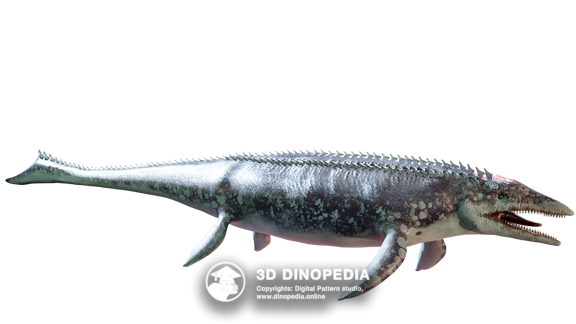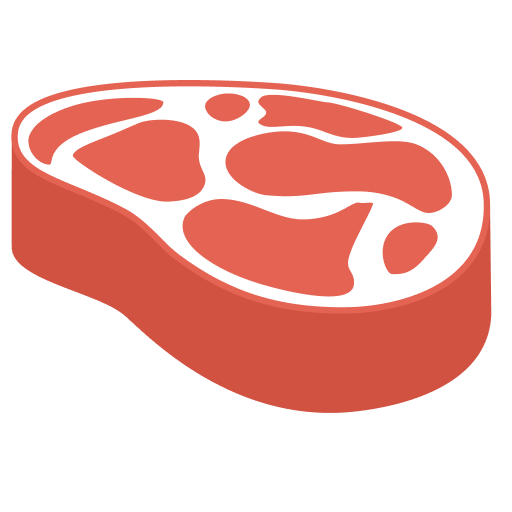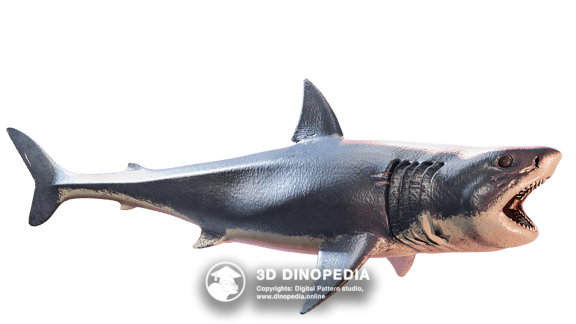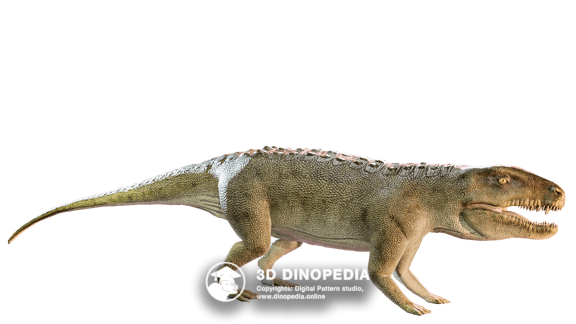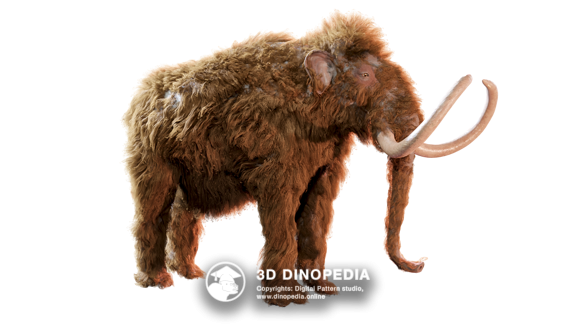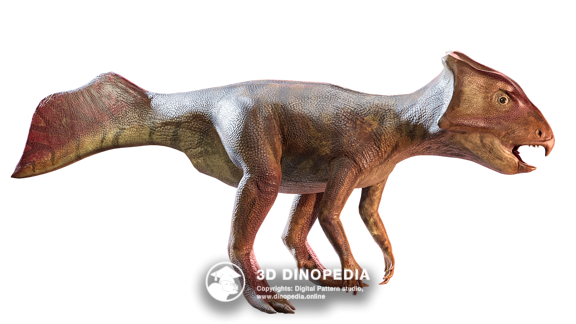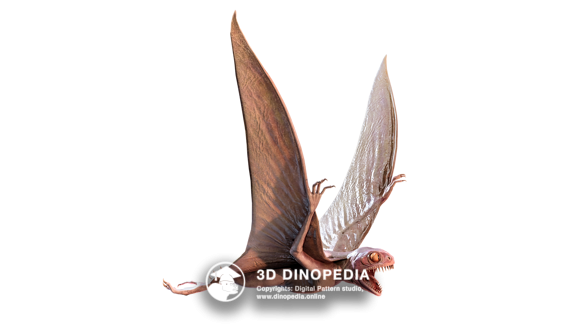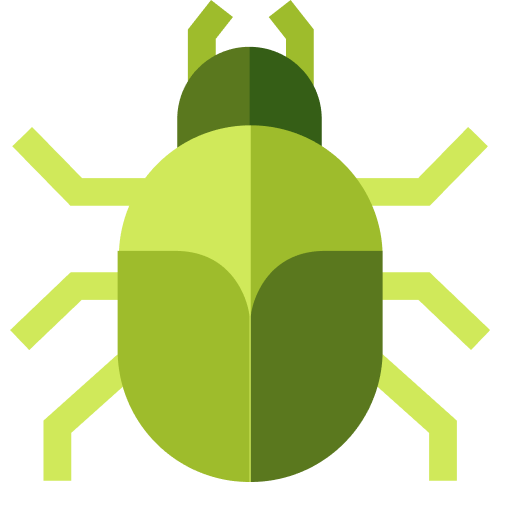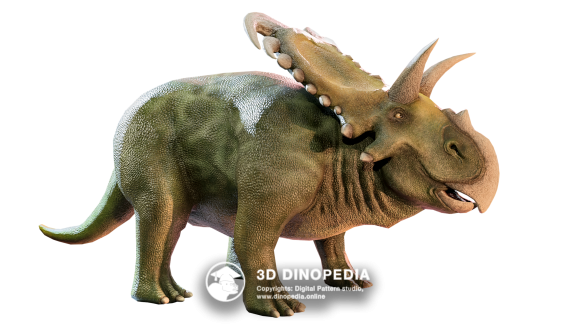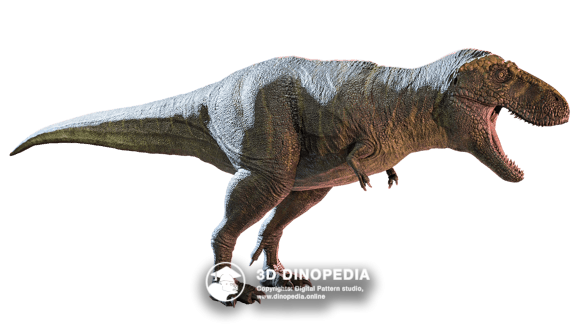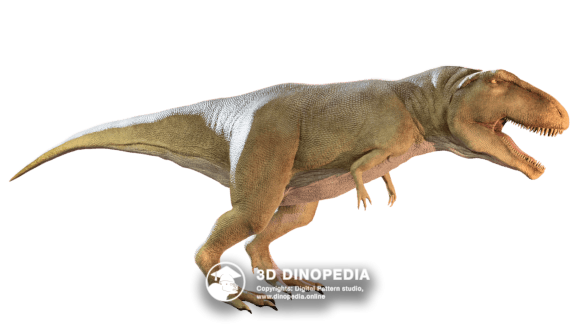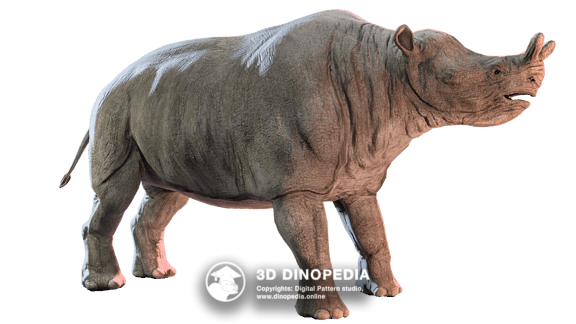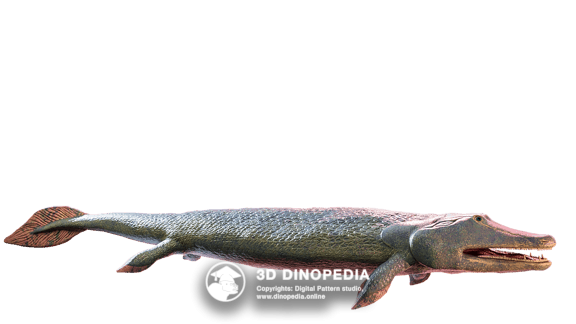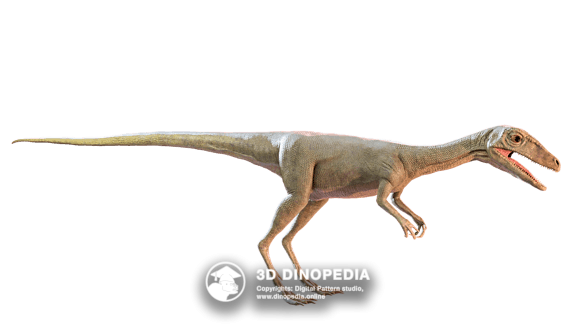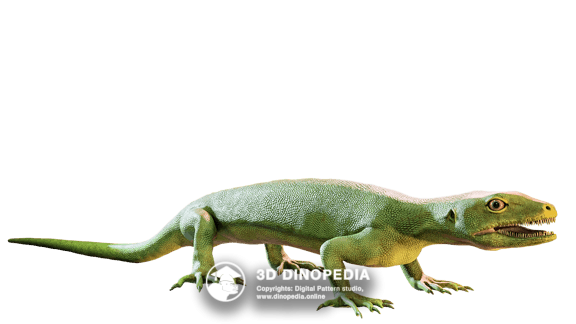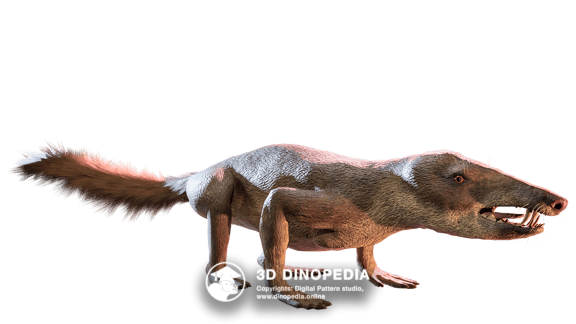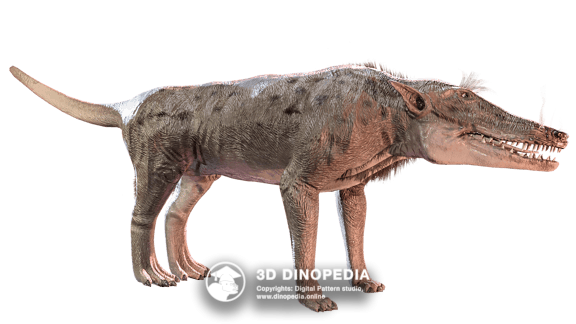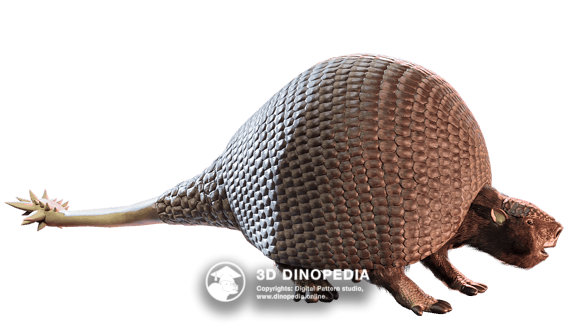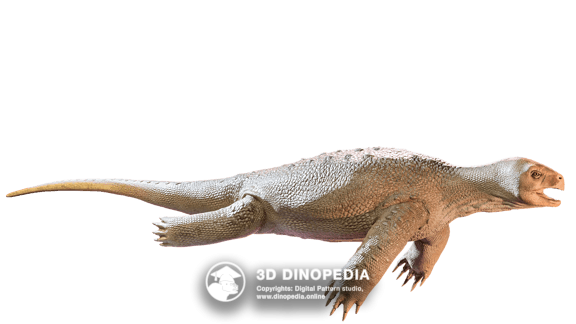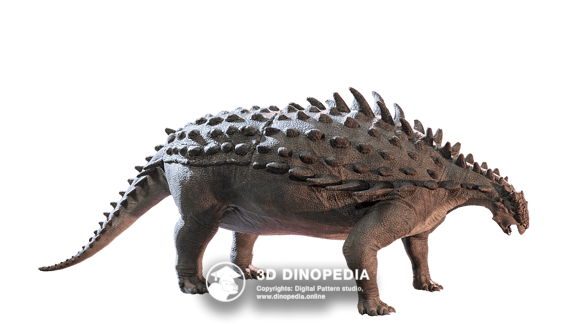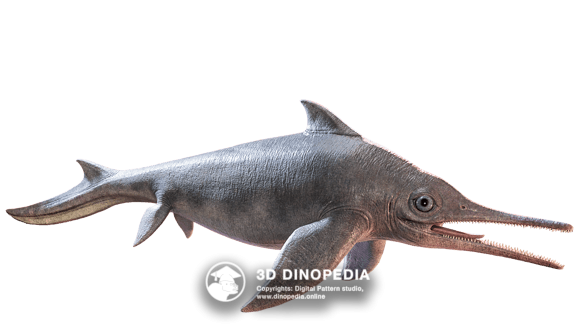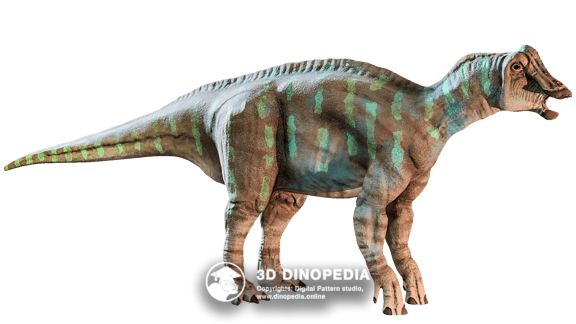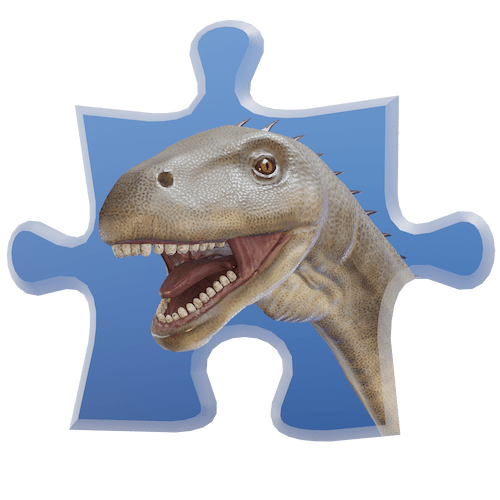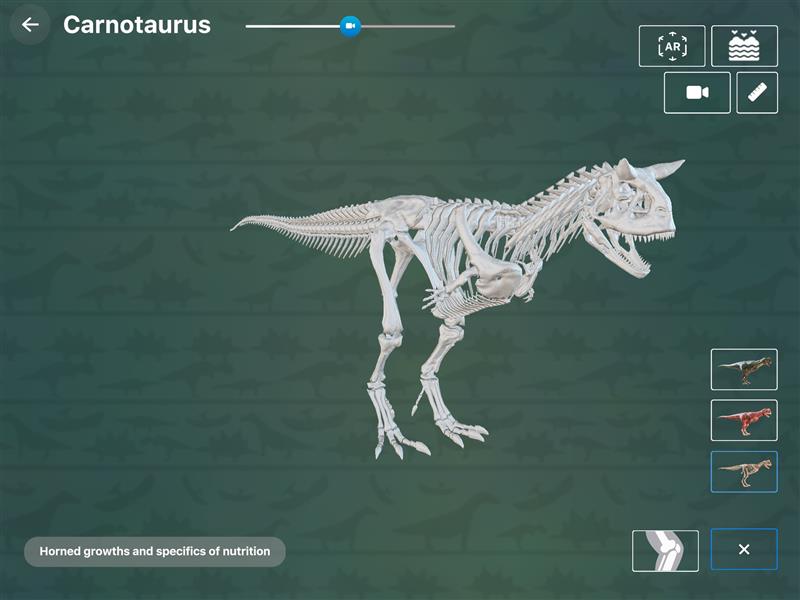Citipati

Name meaning:
Lord of the funeral pyre
Period of life:
75-71 mya
Period:
Habitat:
Deserts and semi-deserts
Taxonomy:
Theropods
Countries:

Citipati is a carnivore oviraptorid, a group of theropod dinosaurs lived about 84 years million ago on Mongolia territory. The first well-preserved skeletal remains were discovered in 1963 in Gobi Desert. Tibetan legend inspired the reptile name “Citipati”. The legend said about wife and husband who induced a trance state in the cemetery. Waken out of trance they found themselves eaten by wild animals. Since that time couple have showed up in the skeletal image and protected yogis from being eaten or robbed.
“Citipati” means the "funeral pyre lord” or “the lord of cemeteries”.
The dinosaur was 3 metres long from the tip of the tail to toothless thick beak. Long necked Citipati had a low crest like a cassowary on its head. The skull was riddled with air-space openings reducing the weight. The reptile was likely omnivorous.
The Citipati body, somewhat akin to emu, was covered with colourful plumage. The tail was decorated with a fan of multicoloured feathers. The forelimbs were similar to bird wings, which Citipati would spread around the nest to protect eggs and keep the warmth. The nest usually embedded about 20 eggs. Citipati eggs were up to 18 cm making it outstanding for all oviraptorids.
Discussions
Other animals
 INTERESTING FACTS
INTERESTING FACTS
 PUZZLES
PUZZLES
 HOME
HOME
 3D MODEL "SKIN"
3D MODEL "SKIN"
 3D MODEL "MUSCLES"
3D MODEL "MUSCLES"
 3D MODEL "SKELETON"
3D MODEL "SKELETON"
 VISION
VISION
 NEIGHBORS
NEIGHBORS
 VOICE ACTING
VOICE ACTING
 AR - MODE
AR - MODE
 GALLERY
GALLERY
 HISTORY OF DISCOVERIES
HISTORY OF DISCOVERIES






